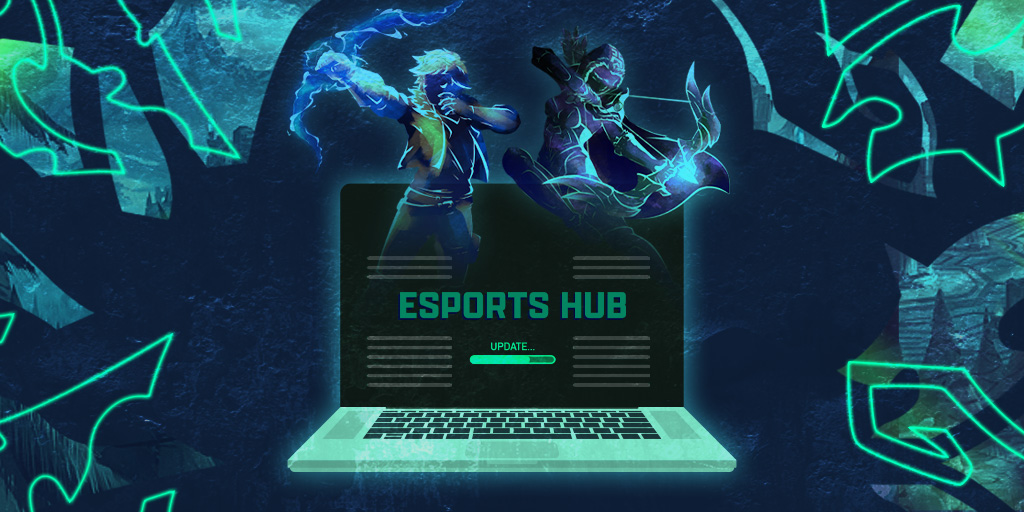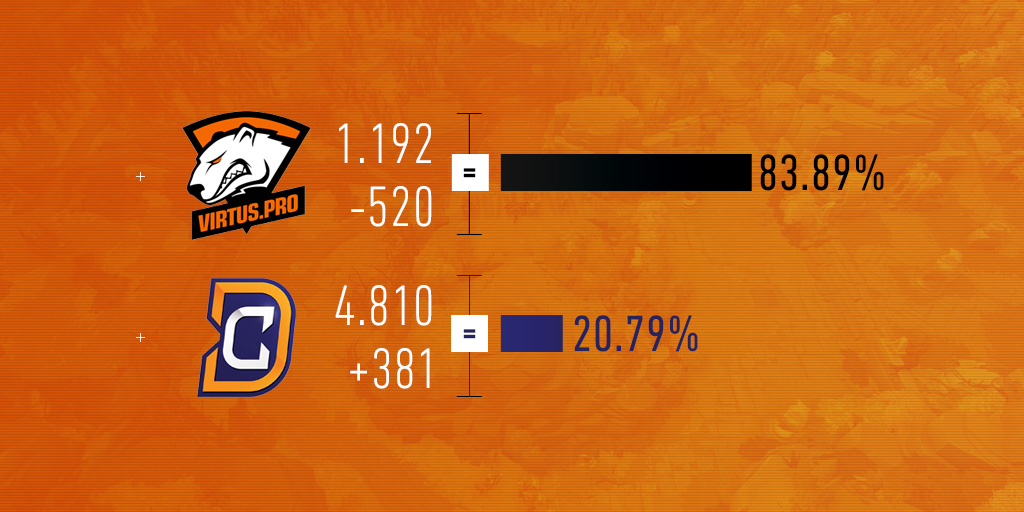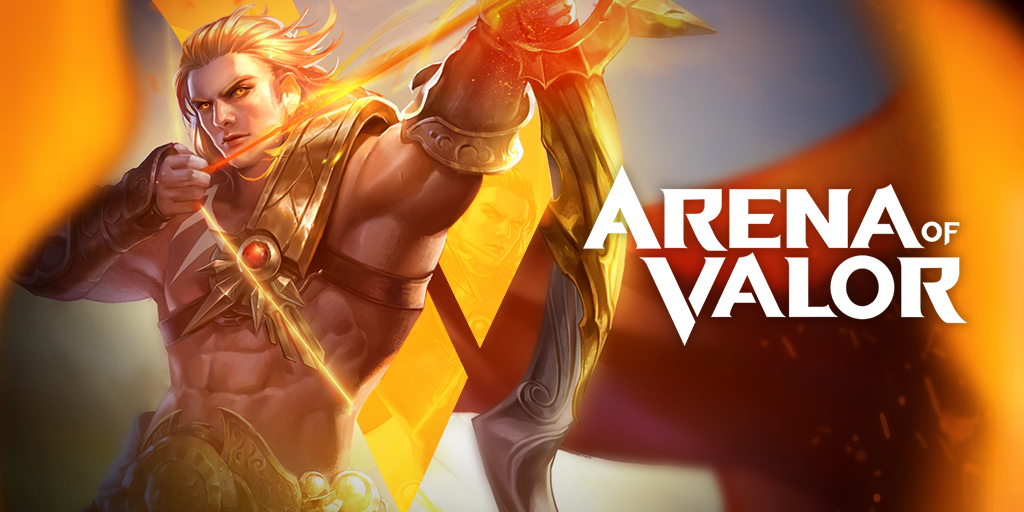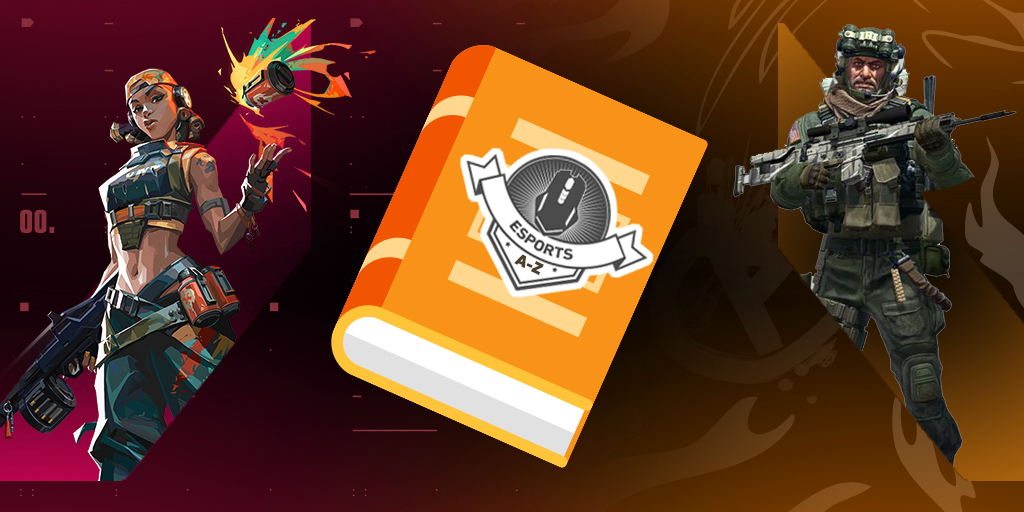Esports is tapping on the door of mainstream sport status across the globe. Where did it begin? This a brief look at the history of esports, including the start of a number of tournament organisers and a number of the big esports.
The beginnings of esports
Competitive gaming dates back to the very first computer and arcade games, with both creating fierce competition even in their infancy. With just bragging rights on offer, playing numbers were low - but competition was high. It wasn’t long before tournaments were organised.
But it was not until 1998 that esports got its first taste of being mainstream, when a real time strategy (RTS) game called StarCraft approached.
The first widely-recognised and referenced esports event was held at Stanford University in 1972, for the game Spacewar! A wide bracket at the US College saw 24 players compete for a subscription to Rolling Stone, thanks to the magazine providing sponsorship for the event.
Atari also had a stab at running competitions, utilising their well-regarded property Space Invaders to attract over 10,000 competitors for their national championships in 1980. The final, held in New York City, was won by Rebecca Heineman, who later ended up as a game developer herself.
Formalised competitive competition didn’t properly start to get going until the ‘90s, but championships were being held by the likes of Blockbuster and Nintendo, among others, as the first attempts of competition. 1981 saw Twin Galaxies formed, with the company acting as record-keeping organisation for numerous games harking back to the arcade routes of competition.
1990s and starting growth
The 1990s saw esports grow exponentially, with the seeds for today’s most popular games firmly planted. Vast numbers of competitive console games emerged, and a number of games made their debut, including Street Fighter 2 which is still adored to this day, and Doom which was an instant hit. The first person shooter (FPS) was the very first esports title to have LAN (local area network) competitions held for it, ensuring multiplayer games.
While the start of the decade was slow going for competitions, Quake’s release in the middle of the decade saw the FPS community rejuvenated, and saw Johnathan 'Fatal1ty' Wendel appear as one of the first stars of esports. But it was not until 1998 that esports got its first taste of being mainstream, when a real time strategy (RTS) game called StarCraft approached.
Counter-Strike, released in 1999, has been a mainstay at the top of esports throughout its iterations for 20 years.
The reason for StarCraft’s popularity was the difference in style and skill needed to succeed at it. Where FPS games required concise control of aim and quick reflexes, StarCraft was more like chess, requiring strategy and logical thinking. With different minions and troops unique to different races, the potential for strategies was endless, creating a real gulf in competition. Mostly based in South Korea, the nation was known as one of the main centres of esports and produced the vast majority of the game’s top talent.
1996 also saw the beginning of the Evolution Championship Series (EVO) in California, under the original title of Battle by the Bay. The tournament, which has now become a staple of the Fighting Game Community, started off on the original arcades and saw over forty attendees playing on two different versions of Street Fighter. EVO has since moved from California, situating itself at the Mandalay Bay resort in Las Vegas. More recent editions host eight different fighting games, ranging from the latest Street Fighter titles to Super Smash Bros.
1997 saw the Cyberathlete Professional League (CPL) launch, and was known as one of the pioneers of esports. Lasting until 2008, it hosted numerous events over this time with over $3,000,000 of prize money handed out over the years. At this time it was the Quake series that was the big title at CPL events, with Jonathan ‘Fatal1ty’ Wendel coming out as one of the circuit’s stars. Fatal1ty eventually ended up earning over half a million dollars of prize money throughout his career, before signing sponsorship deals, and even fronted his very own brand of esports accessories.
1999 saw the FPS genre keep ramping up, with Unreal Tournament and Counter-Strike releases. The latter, originally a mod of Half-Life, has been a mainstay at the top of esports throughout its iterations for 20 years and the turn of the millennium saw that rise continue.
2000s and the esports roller coaster
The 2000s saw the proliferation of the internet and personal computing reaching many homes around the world, and competition blossomed through it. The World Cyber Games (WCG) and Electronic Sports World Cup (ESWC) launched in 2000, and both became annual events that set the general tone of events for the next decade.
2002 saw Major League Gaming (MLG) launched by Sundance DiGiovanni and Mike Sepso, going on to become one of the most successful tournament organisers in the space. In 2006 they also hosted the first televised esports event in North America, with a Halo 2 league making its debut. MLG became best known for hosting events for Call of Duty, and were acquired in 2016 by the franchise’s publisher Activision Blizzard in 2016.
Atari also had a stab at running competitions, utilising their well-regarded property Space Invaders to attract over 10,000 competitors for their national championships in 1980.
DreamHack started to grow in the 2000s, moving on from its status as the largest LAN party in Sweden into two large events hosted at the Elmia Exhibition Centre in Jönköping, Sweden, one in Summer and one in the Winter. After a number of years with just two events a year, DreamHack eventually expanded into hosting a number of events a year in multiple titles.
ESL were also formed in the 2000s, although having roots in the late 90s. The company went from hosting events in their native Germany to all over the world. This reached another level when in 2007 they agreed a deal with Intel to host the Intel Extreme Masters. The first edition, held at CEBIT in Hannover, saw Counter-Strike and RTS title Warcraft III as the tournament’s debut titles.
Esports also had further flutters with television, with DirectTV’s Competitive Gaming Series (CGS) starting in 2007. The tournament saw franchises named after various cities across the world, with each franchise hosting teams and players in four games. Two seasons were hosted, and before the league folded in 2008 saw events hosted in Los Angeles’ Treasure Island, and curiously saw the first season’s player draft held at the Playboy Mansion in LA.
2010: Rapid growth
The next decade saw the largest amount of growth for esports. Twitch.tv was launched in 2011 and helped usher in much higher viewership for events. Before, fans had to tune in to tournaments through online radio services or in-game broadcasting tools. Twitch allowed spectators to browse to a website and watch games, helping the likes of League of Legends and Dota 2 explode in viewership.
League of Legends, although released in 2009, saw its growth properly start in the early 2010s. The game’s first big tournaments came at IEM events, while starting its own professional league with their Season One finals held at DreamHack Winter in 2011, before moving on by themselves the year after. Since then they have hosted their own circuit, with yearly seasons seeing two “splits” played out throughout various regions, with the World Championships held at the end of each year. Riot Games, publisher of LoL, recently introduced franchising to their game, seeing long-term partners join the leagues in Europe and North America.
Dota 2 was released in 2011, and despite being in the same MOBA genre as League of Legends, it managed to carve its own space in the world of esports as one of the three most-watched games. Played all over the world, the tournament operates on a semi-open circuit, with publisher Valve operating the Dota Pro Circuit, offering points from various Major and Minor tournaments throughout the year for qualification to the season-end The International. The event regularly boasts the largest prize pool of any game in esports, with 2018’s edition giving away $25,532,177 in prize money.
ESL formed in the 2000s. Having started off small, the organiser reached another level when in 2007 they agreed a deal with Intel to host the Intel Extreme Masters.
StarCraft 2, the successor to the 1998 title, was released in 2010 and re-established the franchise’s place in esports. It was known as the esports title, widely regarded and well-known for seeing South Korean talent excel at the title. While having a long spell at the top, with not many competitors for viewership, the game was eventually known for having packed schedules and became one of the go-to games to reference when talking about oversaturation. The game still lasts to this day, but is no longer at the top as it once was.
Counter-Strike: Global Offensive was released in 2012, and the title reminded many why Counter-Strike was one of the big esports titles. The latest in the series of the incredibly strategic FPS game started off slow, but when the ‘Arms Deal’ update came out in 2013, releasing skins to the game, the title blew up as an esport. Since then, Valve kept true to the open circuit, and numerous third-party organisers host events for the game throughout the year. Valve organises two Majors per year with $1,000,000 of prize money on offer per event, with the events being the pinnacle of the game’s calendar.
2016 saw the launch of Overwatch, and the announcement from Activision Blizzard of the Overwatch League. This was the first major franchised league in esports, and the game saw a large amount of investment poured into esports. New sponsors appeared alongside new team owners, bringing acquisitions from outside sources to the competition. The first Overwatch League was held in 2018 and saw the London Spitfire, owned by Cloud9, hoist the first trophy.
The 2010s also saw major investment appear in general. Notable examples include DreamHack and ESL both being acquired by Modern Times Group (MTG) in 2015, and Twitch was acquired by Amazon in 2014. Teams also saw mass investment and acquisitions over the past few years, with the owners of numerous North American sports teams and large Venture Capital funds taking interests in the likes of Fnatic, Cloud9, Envy, OpTic, Liquid and NRG, among others.
What does the future have in store?
The more recent years saw the Battle Royale genre appear, with PLAYERUNKNOWN’s Battlegrounds becoming the catalyst title. It wasn’t long before Fortnite was released and became an instant mainstream success throughout the world, due to its Free to Play model. Not too long after the game’s successes, developer Epic Games stated they’d offer $100,000,000 in prize pools on a tournament calendar.
Who knows where esports will go from now. The rapid development of the sport sees an untold expansion of titles and genres, with other games falling out of favour. Tournaments keep seeing viewership and prize pools increase, and a whole culture surrounding competition has emerged.







